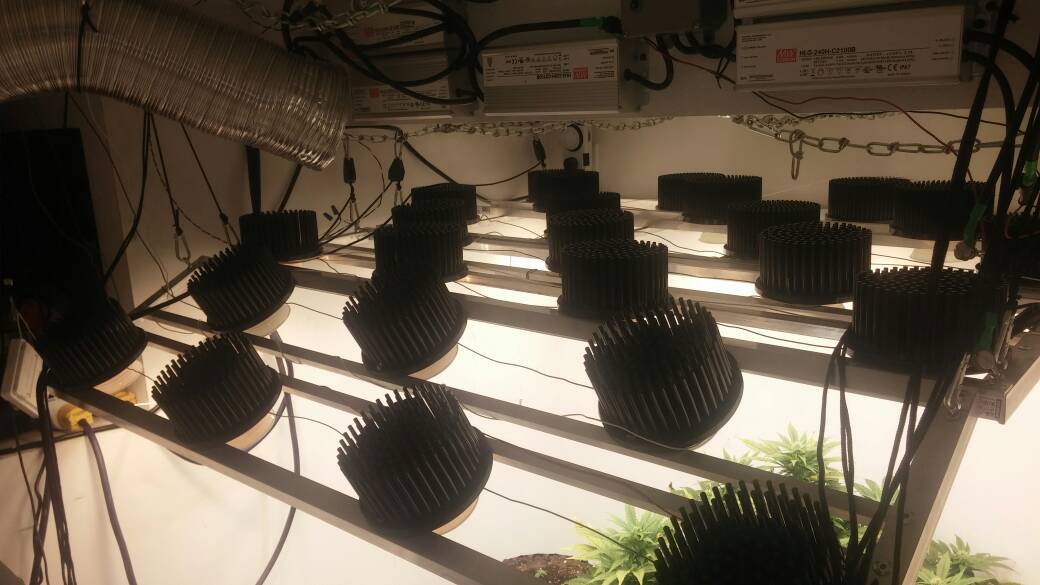- Thread starter
- #41
fanleaf
Well-Known Member
Actually, according to the inverse square law, intensity should drop to 1/4 at twice the distance. Readings, however, are proof of circumstances in this particular setup.
What I was referring to is the linear relationship of power to intensity. If you double the power, umols at the same distance should be double. And no, I didn't account for driver loss or the change in emitter efficiency as current drops, and it wouldn't be a linear line, no. The 3590s are FAR more efficient at 350ma than 2100ma.
ha ha. Gotcha, my bad. The funny thing is now that I have this great tool I have a lot more work to do now to try to optimize my area. This is gonna take some playing with.




 I wonder if those numbers work for 8" centers = 16" optimal blend?
I wonder if those numbers work for 8" centers = 16" optimal blend?  .
.


